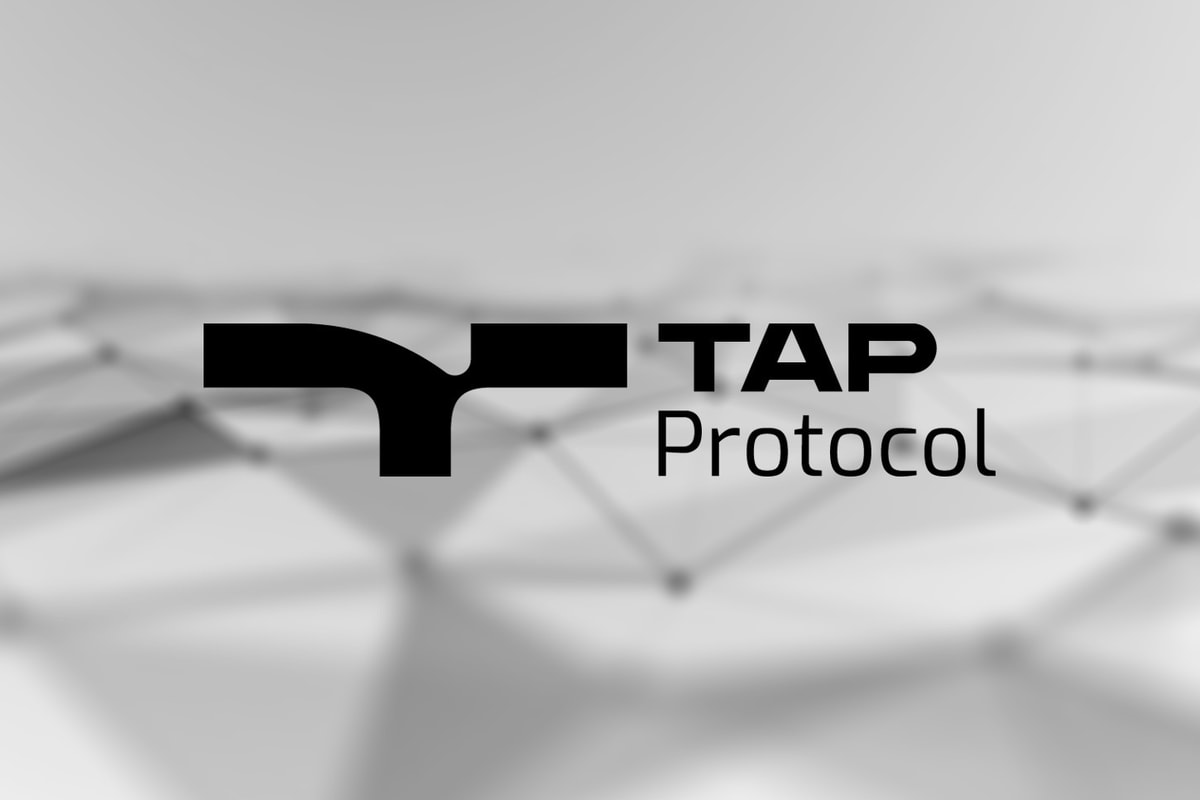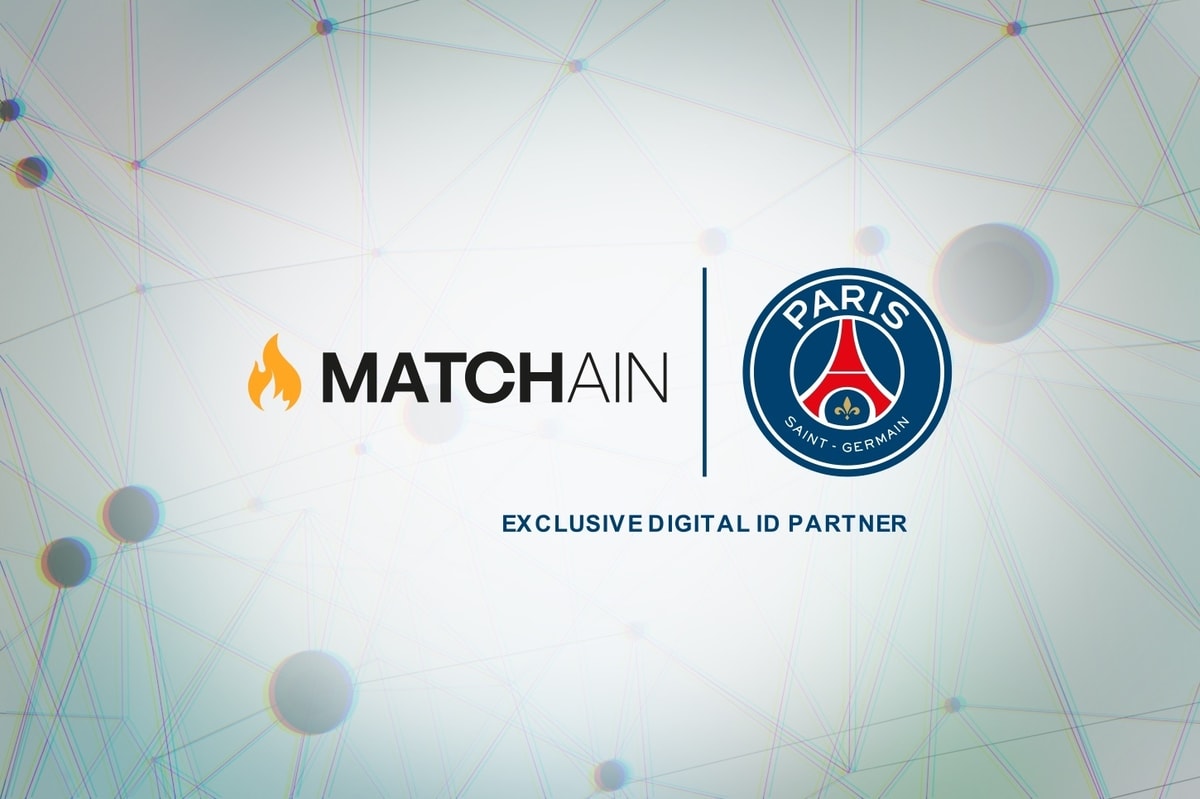Anatoly Ressin, chief blockchain architect at Parsiq, told Cointelegraph China during its Hub interview on Jan. 19 that what’s missing in the blockchain mass adoption is the ability to seamlessly consume different data sources.
According to Ressin, each blockchain has its own set of rules to communicate that prevents different blockchain solutions from communicating and exchanging information and data. He added:
“I would say that now we see a lot of different blockchains on the rise, like in the internet era [...] And now we see the same thing with blockchains. This blockchain, that blockchain [...] And we need solid protocols, how to work them together…”
Ressin also pointed out that although many blockchain projects such as Cosmos, HyperLedger and Polkadot are trying to build the architecture to connect different blockchains, still they are only trying to do it on a network level. Nobody is trying to do it at the user level. According to Ressin, that’s what distinguishes Parsiq from others.
Parsiq, according to Ressin, is a working platform that makes blockchain events consumable and blockchain data actionable. It allows users — individuals, companies and enterprises — to monitor any events across different blockchains in real-time and at scale and connect those events to any off-chain apps or devices to automate different workflows.
Another interesting fact he mentioned was that the name Parsiq and the legal entity behind Parsiq that is called Syntactic are both words from the compiler theory of creating your own languages. He said:
“So parsers are things that are able to parse, to take information, digest it and create something valuable from it. The word itself, well, syntactic means ability to analyze language, because syntax is the structure of the language. So, in fact, Parsiq creates glue between blockchains.”
Ressin used JavaScript for the web as an example to compare with the smart contracts used on blockchains. He said the web was only static; logic was locked on servers; and nothing happened on clients. Nothing happens on browsers, users see static pages, and only when they press buttons, something on a server starts to move and then static results are delivered.
That is exactly what is happening now with smart contracts, according to Ressin:
“Smart contracts are living on blockchains. Only when somebody pushes them to transact with them, only then something happens. And nothing happens on the client’s side.”
Parsiq has claimed to create a language that allows people to connect all the valuable sources such as blockchains, oracles and available data streams about risk scoring. Learning the language allows people to connect it to one single thing, apply any arbitrary computation on it. He added that:
“We created a language and the system for this language that allows you easily to script activity on blockchain and react to it. This is why I am trying to say that our language plays the same role as the blockchain ecosystem like JavaScript plays for the web.”
In order to allow both developers and users to use this language system easily, an application called Quick Monitoring Wizard has been built within the system. This application, according to Ressin, will allow users to create their own notification system for the required crypto addresses in a few clicks and bind additional data: risk Score, information about the amount in equivalents (for example, in fiat or Bitcoin), set up uploading to Google Spreadsheets or send directly to Telegram messenger.
Via Parsiq’s smart triggers, it will integrate blockchain infrastructures into existing businesses with ease by connecting workflows between blockchains to off-chain third-party applications, said Ressin.
Blockchain transactions have become an integral and essential part of many businesses today. Whether it involves receiving funds for client payments, sending payments to vendors, or executing smart contracts, you need to be on top of your transactions with smart notifications and real-time alerts. The possibilities are endless, and the use cases are only limited by your need to access this raw information, according to Ressin.
New tokenomics model
Ressin revealed that the company has also created a new type of tokennomics DeFi model called IQ Protocol. It allows risk-free PRQ lending and collateral-less borrowing. Risk-free PRQ lending means that the native token PRQ is not transferred from the lender’s address to the borrower’s address.
Lenders will place their PRQ tokens in the pool under different fees that are calculated algorithmically (according to the demand for PRQ), and they will receive back the IQ Protocol PRQ pool tokens.
Ressin explained that:
“It is risk-free lending. You’re not able to cheat, and you need to pay interest upfront. It means that users who lent our tokens to other users that are interested in our service are earning interest on our token. And we generalize this protocol.”
A lot of businesses, such as wallets and exchanges, are waiting for these services that are now being implemented on top of Parsiq’s platform, according to Ressin.
Parsiq is actively working to partner with major layer-one blockchain protocols to expand the range of blockchain integrations and give projects that build on those protocols the ability to monitor and automate workflows between blockchain solutions.











